THEORY
Theory isn't just about textbook knowledge, it is our deep dive into understanding how science explains real wine production experience. We have sorted through thousands of papers and adapted them to decades of industry knowledge to bring you the most applicable content. Refer back to these resources throughout your learning journey. Also, note that we will continue to expand them as time goes on.
1 ATTOMETER (0.000000000000000001 meters)
ELECTRONS
Louis Pastuer is often quoted saying "It's oxygen that makes wine." Perhaps he wasn't thinking small enough. In the quantum realm of one attometer, we begin with electrons to explore how REDOX truly makes wine.
1 PICOMETER (0.000000000001 meters)
ELEMENTS
Hydrogen is the most abundant molecule in the universe. It's power is highly influential to microbial selectivity and chemical speciation in winemaking. "Look deep into nature, and then you will understand everything better." - Albert Einstein
1 NANOMETER (0.000000001 meters)
MOLECULES
Moderate aroma supression is a tool for adding complexity. The polarity of other compounds in wine, namely ethanol and phenolics, form hydrophobic bonds with wine aromas that decrease their volatility. Balancing hydrophobity through various winemaking decisions is essential for crafting complex aroma profiles.
"The beauty of a living thing is not the atoms that go into it, but the way those atoms are put together." - Carl Sagan. The soil and vine supply water, sugar, amino acids, minerals, and micronutrients, but the berry is solely responsible for synthesizing all secondary metabolites, including the phenolics and flavors.
1 MICROMETER (0.000001 meters)
MACROMOLECULES
We have a unique relationship with terroir. As much as we can impart a style on wine, its transformation over time is largely out of our control. "Nature uses only the longest threads to weave her patterns, so that each small piece of her fabric reveals the organization of the entire tapestry." - Richard Feynman
All images on this page are credited to ESA/Hubble






